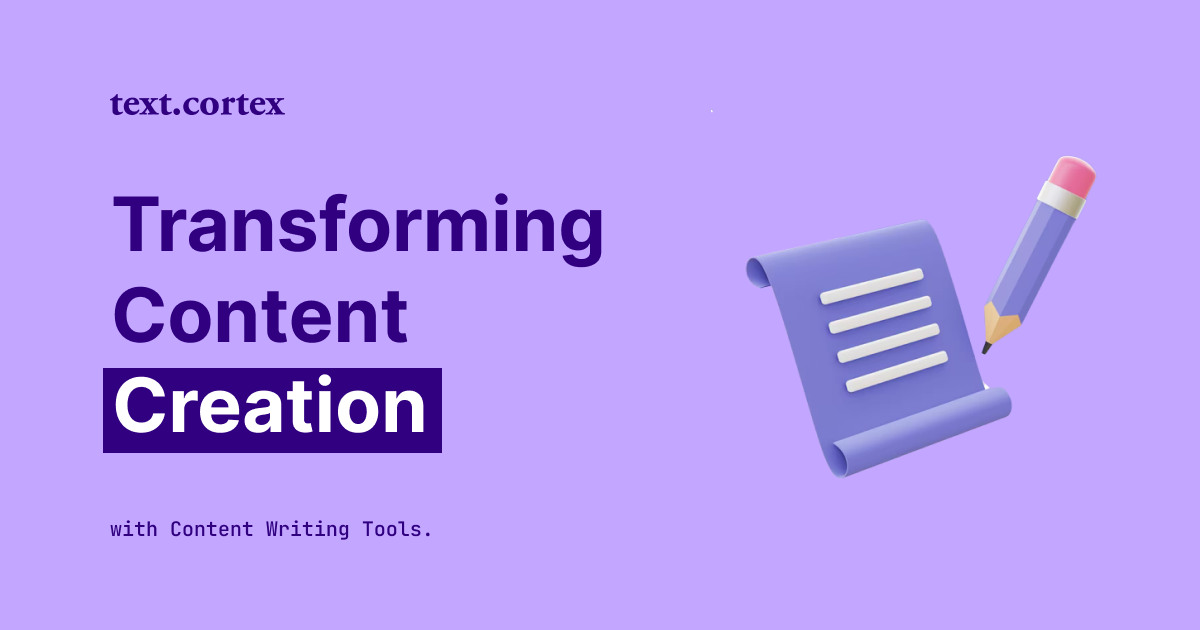Freelance content writers earn money by using the power of the written word.
They write for companies/businesses or individuals who want to sell their products or gain organic traffic.
Writing whenever and wherever you want for clients of your choice sounds tempting.
Still, it is not easy to become a freelance content writer and get the first job for your portfolio.
A talent for storytelling is a big plus, but it still doesn’t make you a good writer.
Luckily becoming a content writer is not easy to become if you're following the right steps, and if you put a little effort in that process.
Here are some expert tips on how to become a freelance content writer that will help you get your first gig.
Let’s look into them.
Who are freelance content writers, and what do they do?
Freelance content writers are independent writers who create written content for blogs, websites, and other businesses.
There is a massive demand for content writers because websites need to be constantly updated with fresh, original material to be successful.
Content writers earn around $100-$200 for longer articles ( 1000+words). Still, it depends on the task and the experience of the writer.
Content writers can be experienced journalists and bloggers, or they may just have a flair for writing and excellent research skills.
The world of content writing is constantly evolving, so the term “content writer” is too vague sometimes to describe what someone is doing.
Here are some of the types of content writing:
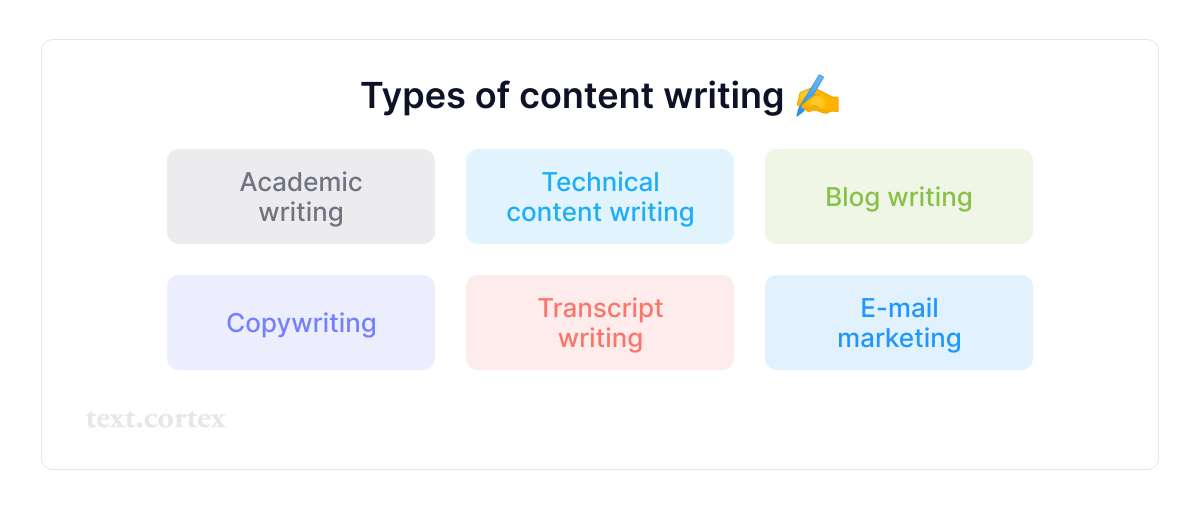
- Academic writing - Academic writing is the form you'll use to write academic research papers. Academic writing includes book reviews, critique papers, essays, movie analyses, reports, research papers, etc.
- Technical writing - Technical writing is any form that makes complex information easier to understand. Technical writers are responsible for creating clear, compelling material that helps readers understand products and processes.
- Blog writing - Blog writing is the process of writing, publishing, and promoting blogs. Typically, blogs are used to share information or advice. Blog writing is long-form content writing.
- Copywriting - Copywriting is writing for advertising or marketing a product, business, person, opinion, or idea. It is short-form writing.
- Transcript writing - Transcribing is the process of turning audio into written text. The primary job of a transcript writer is to create clean, easily readable transcripts from recorded material.
- E-mail marketing - E-mail marketing writing is writing e-mails to existing or potential customers. It often includes information about promotions, deals, new products, etc. E-mail marketers are responsible for defining the audience for e-mails and creating content to send out to them.
If you are not sure if freelance is the right choice for you, here are the main advantages/disadvantages of freelance work:
Advantages:
- Flexible schedule
- Higher income potential
- Working from anywhere
- Variety of projects
Disadvantages:
- Managing a work-life balance
- Unstable income
- Finding clients
- Time management
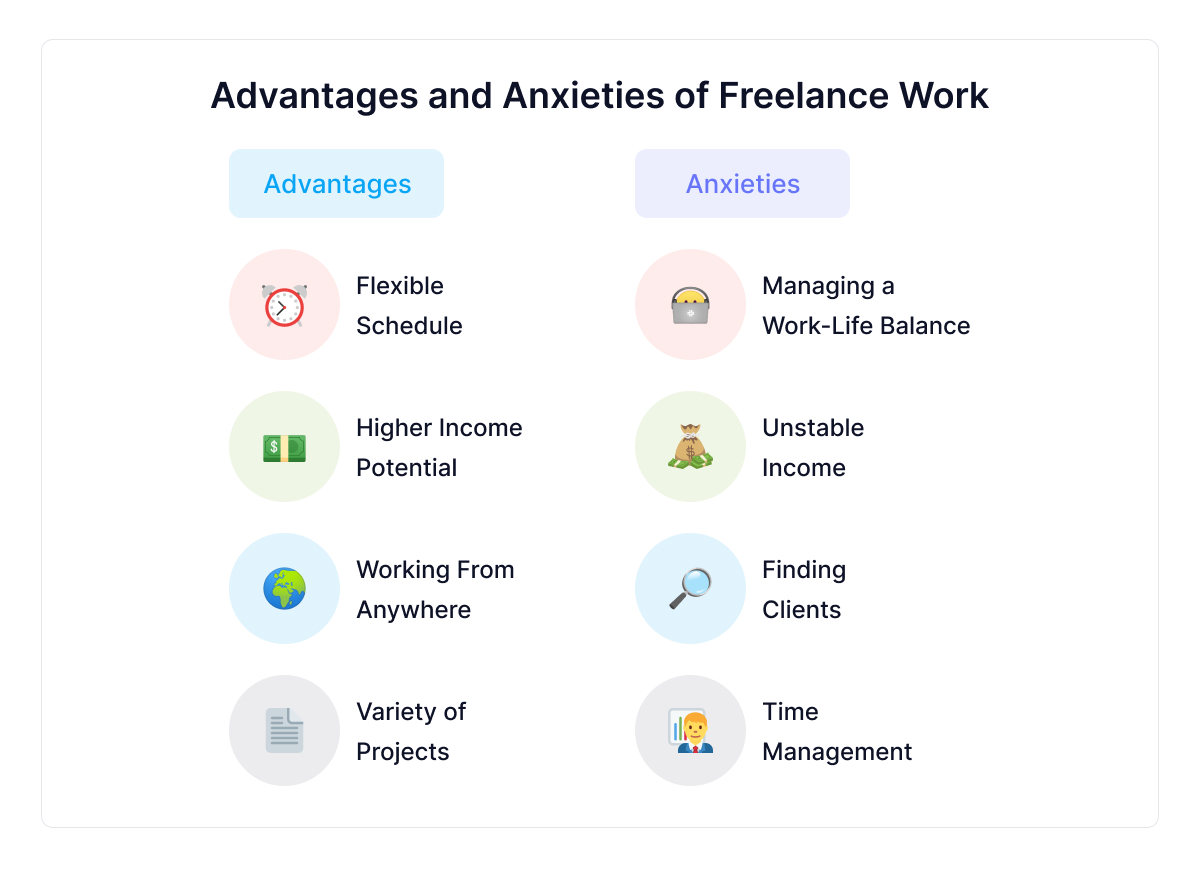
If you want to enjoy all the benefits of freelance content writing, let’s see how you can become one.
5 ways to become a freelance content writer
1. Pick a Niche that you would like to write about
A niche is a specific topic or subject that you write about.
Choosing your niche helps you develop a deeper understanding of your field, thus making you an expert on the topic.
You can become an authority in your field and create unique content if you pick a niche that you're interested in.
Think about the niche you know a lot about, or you like (pets, digital marketing, car).
List all of them and then google if the niche is profitable.
You will find a couple of great matches, and the result is your ideal niche.

Finding your niche is significant when you are a beginner. Good content writers can’t research and write about everything.
Good content writers are experts on the topics they write for, and then they can build trust with their specific audience, which will lead to more organic search and sales.
After choosing what you want to write about, the next step is learning how to write it.
2. Learn about content writing, SEO, and your niche to make your writing more professional
As you now know, there are different types of content writing. For example, writing copy, blog, and academic content are different. If you are not sure which type of content is for you, you can check out the basics of all of them.
Writing for the internet has a lot of different sets of rules, and you should follow them if you want your content to be professional.
Here are some resources where you can get important information on SEO and content writing:
- HubSpot SEO course
- Moz SEO
- Content-Led SEO with Brian Dean
If you prefer books, here are the best ones:
- Copywriting secrets- Jim Edwards
- The Adweek Copywriting Handbook
- Ogilvy on Advertising- David Ogilvy
At first, it is good to know the basics of every type of content writing and then go deep into learning more about a specific one you will do.
3. Start writing to build your portfolio for future jobs
After you apply for a content writing job, they will ask for your portfolio.
A portfolio is a set of examples of your work. You need a portfolio if you want to apply for jobs or work with clients.
If you are a beginner, you usually don’t have one.
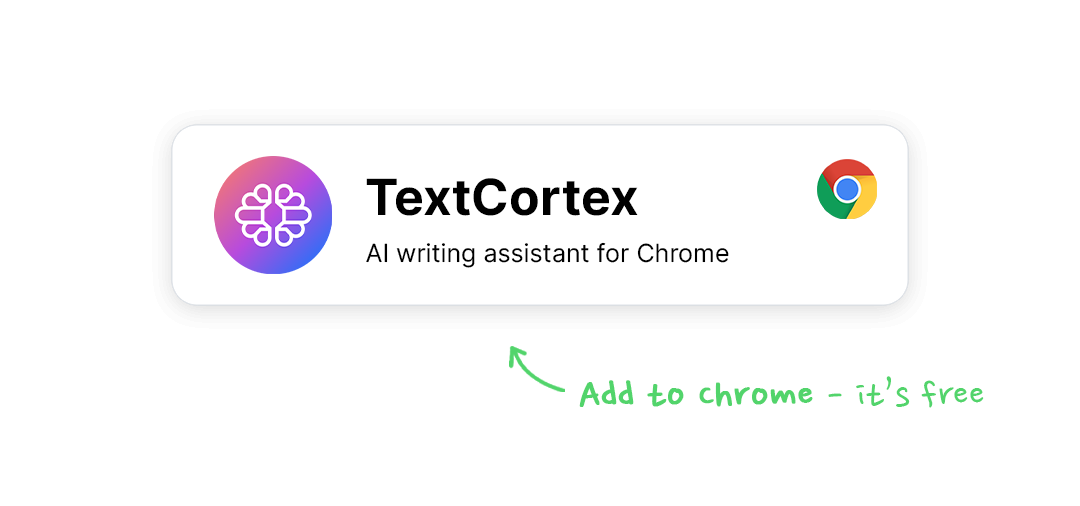
Still, you can write a couple of blog posts, for example, based on your chosen niche.
Pick a topic, and write a blog post (500-1000 words) while following the basics of SEO and content writing. Five examples are just enough for your future employer to check out.
You can write them in Google docks and then send a link or make them in Canva or Contently.
Contently is a good app if you want your portfolio to look professional for your future employees. After you have made a profile, you just add links to your work, and here is what it will look like:
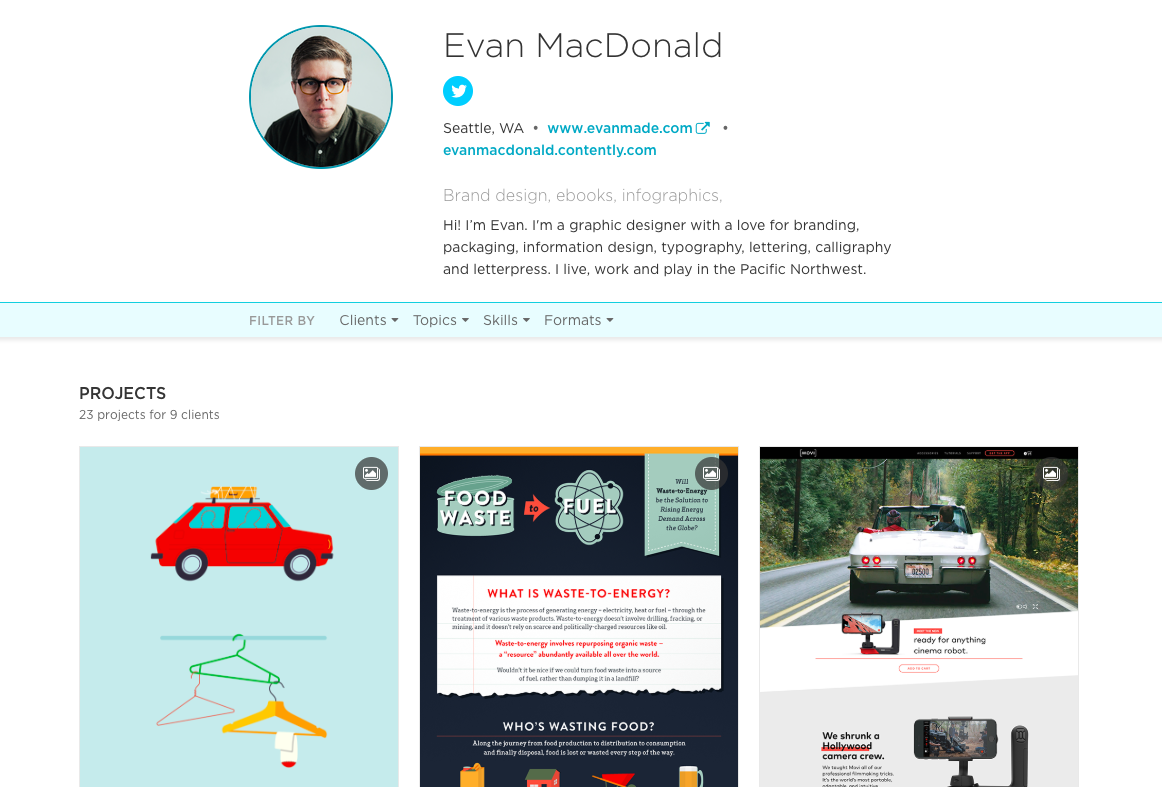
All your writing projects will be under your name and a short bio. Your future employer just needs to click on the project they want and read it.
Contently is not just a tool for your portfolio. It is a freelance platform as well. If you want to know more, here is how it works:
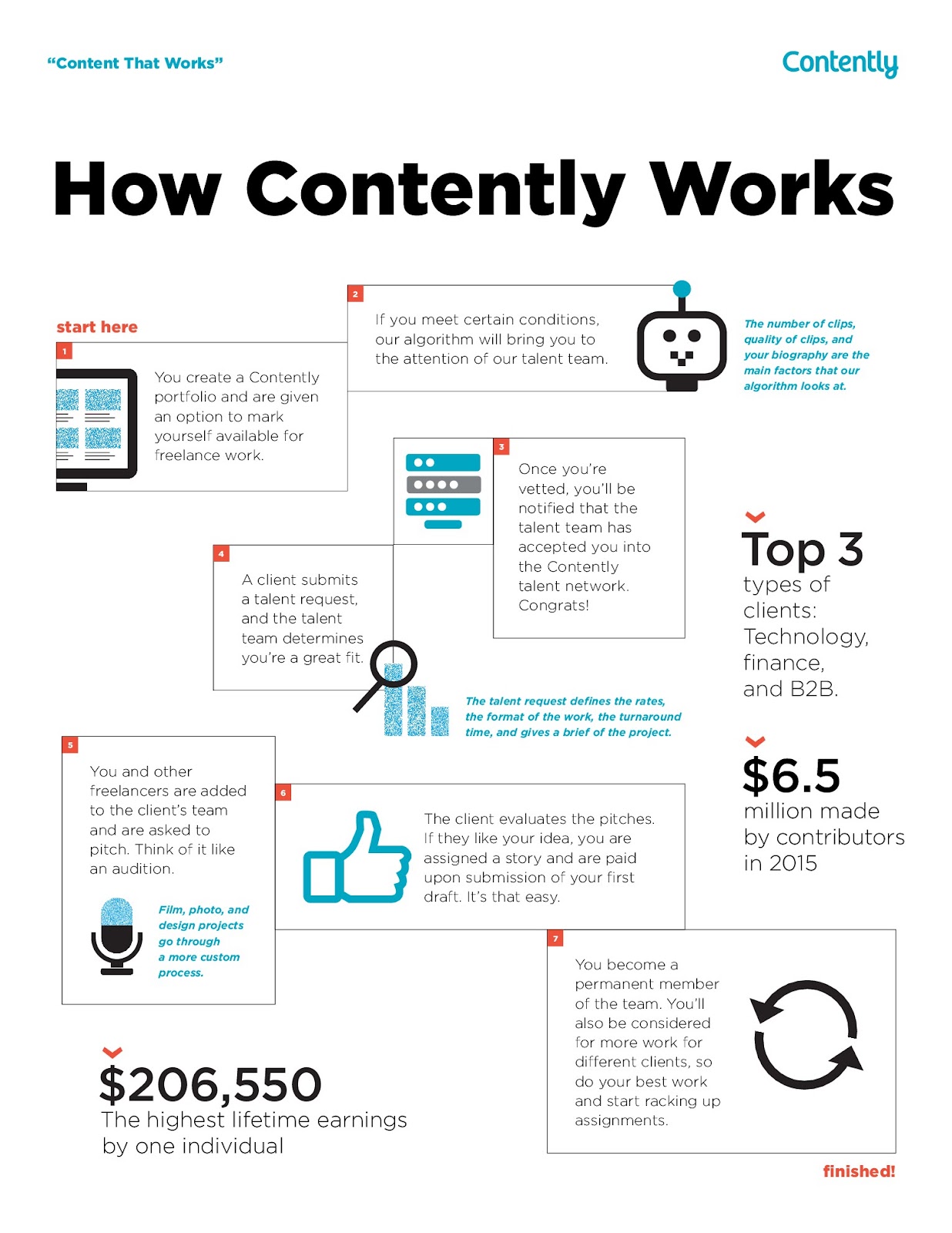
Now that you have your texts and a place for them, the next step is to promote them.
4. Promote yourself so that employers get to you
If you want employers to contact you, and not the other way around, you should promote your work.
One of the ways to do it is to create a LinkedIn profile.
On LinkedIn, you can post your portfolio, write articles and connect with other freelance content writers.
On LinkedIn, when you put the right bio description every time someone searches “ content writer for X niche,” you will pop out.
In your bio, you should use keywords such as
- Content writer for X
- Content writing
- Blog post writing.
This is what a good bio on LinkedIn looks like:

If you have a good bio when your potential clients search for a “ content writer,” your bio will grab their attention. They will go to your profile, see your articles and portfolio and reach out to you.
You can also make your own website and promote your services there.
5. Apply for jobs and persuade them to hire you
The last step is to apply for a job post when you see one. You should send your CV and portfolio, but don’t forget to say something interesting about yourself as well.
You can apply directly on the company’s website or reach the company/client with a cold email strategy.
Here is an example of a good approach to a client/company:
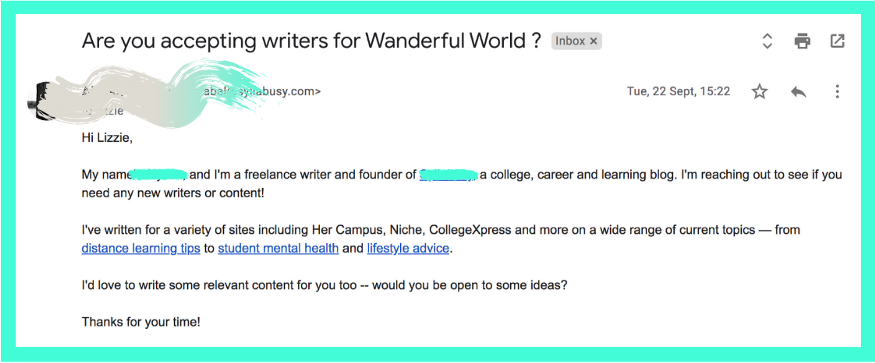
An excellent cold email should start with your introduction. You should then include some of your work or portfolio. Later you can offer your services and leave an email where they can contact you.
This is only a portion of a good cold email, and here you can learn how to write a good email to a person you don’t know.
If you don’t know where to find jobs, here is a list below.
Most respectable platforms for content writing jobs
Here are some of the most respectable platforms where you can look for a content writing job:
1. LinkedIn
On LinkedIn, there is a Job section where there are jobs that match your profile. Here is what it looks like:
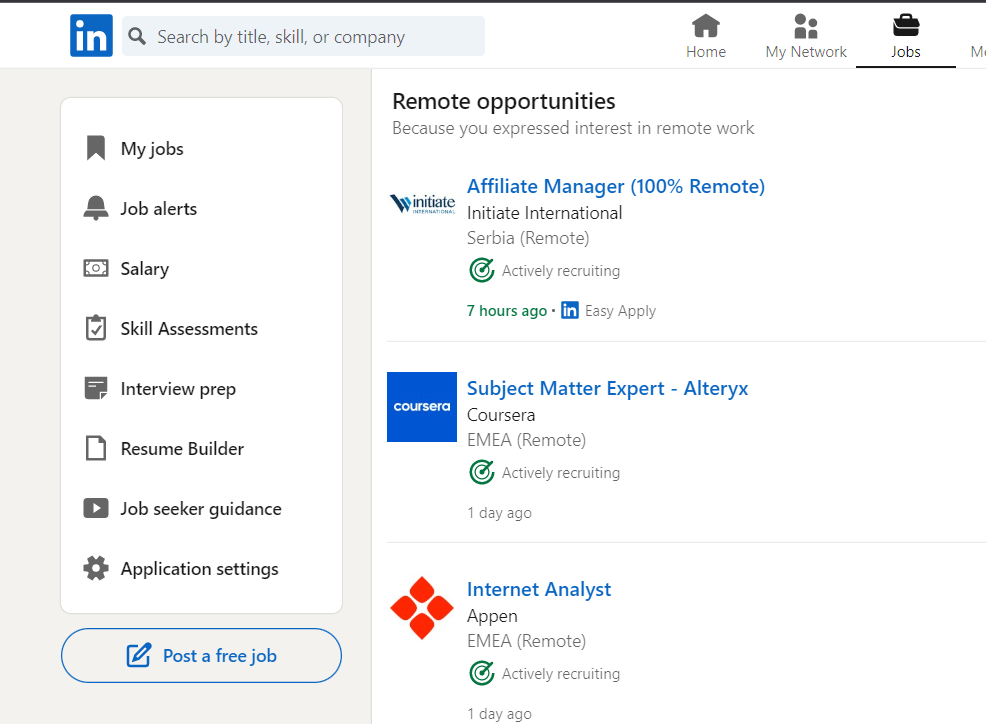
After you have made a profile, LinkedIn will regularly inform you about new job openings after you have made a profile. Plus, you can find companies and clients you want to work with.
2. Jobrack
When you google freelance content writer Jobrack, this is what you will see:
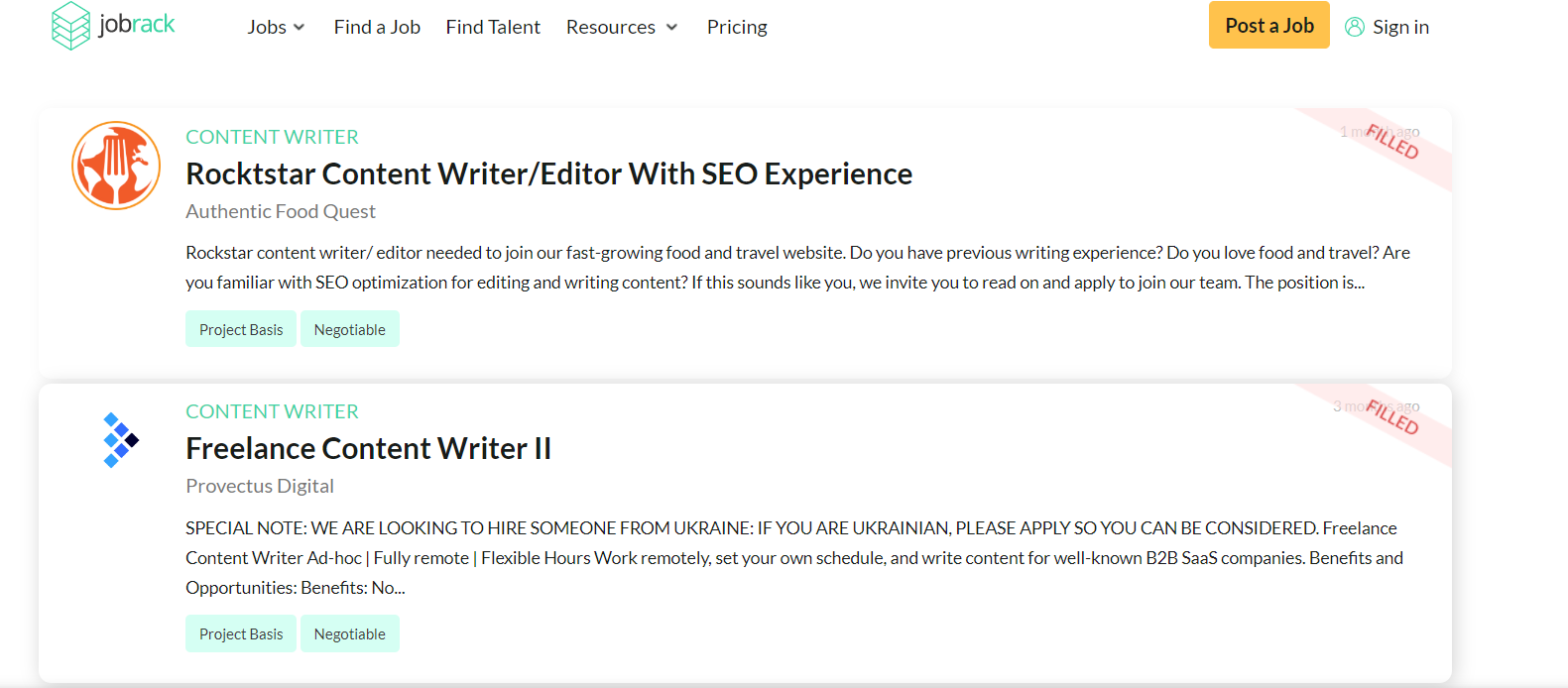
On Jobrack, you can search and apply for many remote jobs, and there are a lot for content writers.
3. Fiverr & Upwork
On Fiverr and Upwork, you must create your profile and create your own gigs.
Then, write a short description of what you do and how you can help a client draw them to use your services.
Here is an example of a clear gig description:
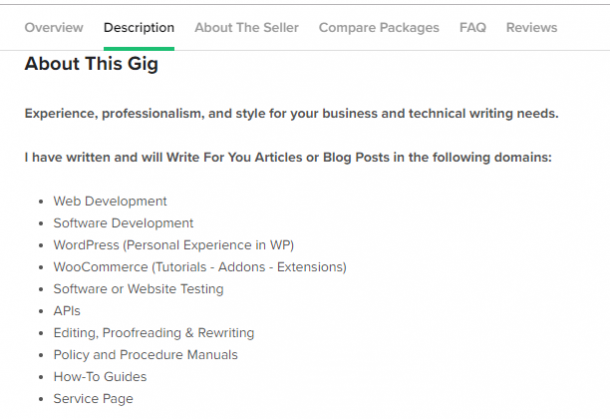
4. Facebook Groups
Another place to search for a job is Facebook Groups. In Facebook groups for freelance content writers, you can look up jobs, post your portfolio or promote your services.
Here are some useful Facebook groups you can join:
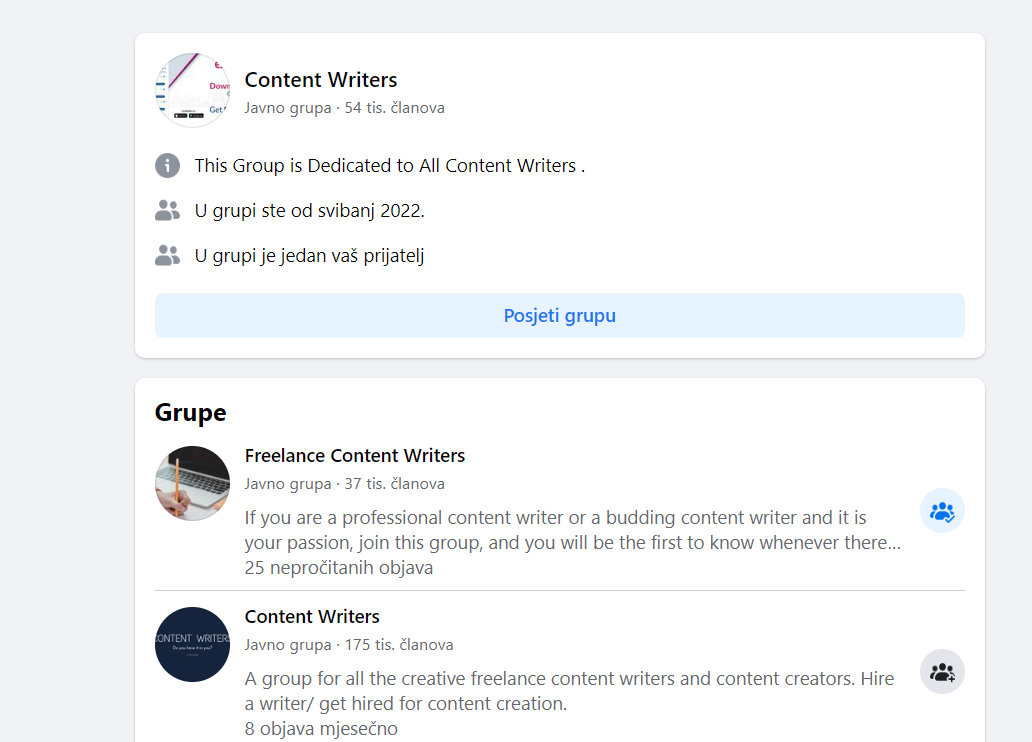
TextCortex can help you write faster&better.
To become a freelance content writer, you must research and prepare your portfolio before applying for a job.
However, if you are starting your career as a content writer, TextCortex can help you out.
TextCortex is a text generator that provides a quick and effective solution to creating and writing engaging content.
This AI tool can produce almost any text-related content with powerful algorithms.
The benefits of starting your career with TextCortex:
- You can write faster
- You can spend less time contemplating your word choice
- You can try out different types of content
- You can get a personalized cold email in seconds
- No writer's block
- You can learn the main principles of good content
- You can work with multiple clients at the same time
If you don’t want to waste time at the start of your career. Download the extension to your browser for free, and enjoy all the benefits of writing your content easier in the future.
.jpg)
![5 Ways On How To Become A Freelance Content Writer [The Ultimate Guide]](https://textcortex.com/cdn-cgi/image/format=avif,quality=90/https://assets-global.website-files.com/622611a2b23d0e6b270fba81/62b647fac89f597751d05335_how-to-become-a-freelance-content-writer.jpg)
.jpg)

